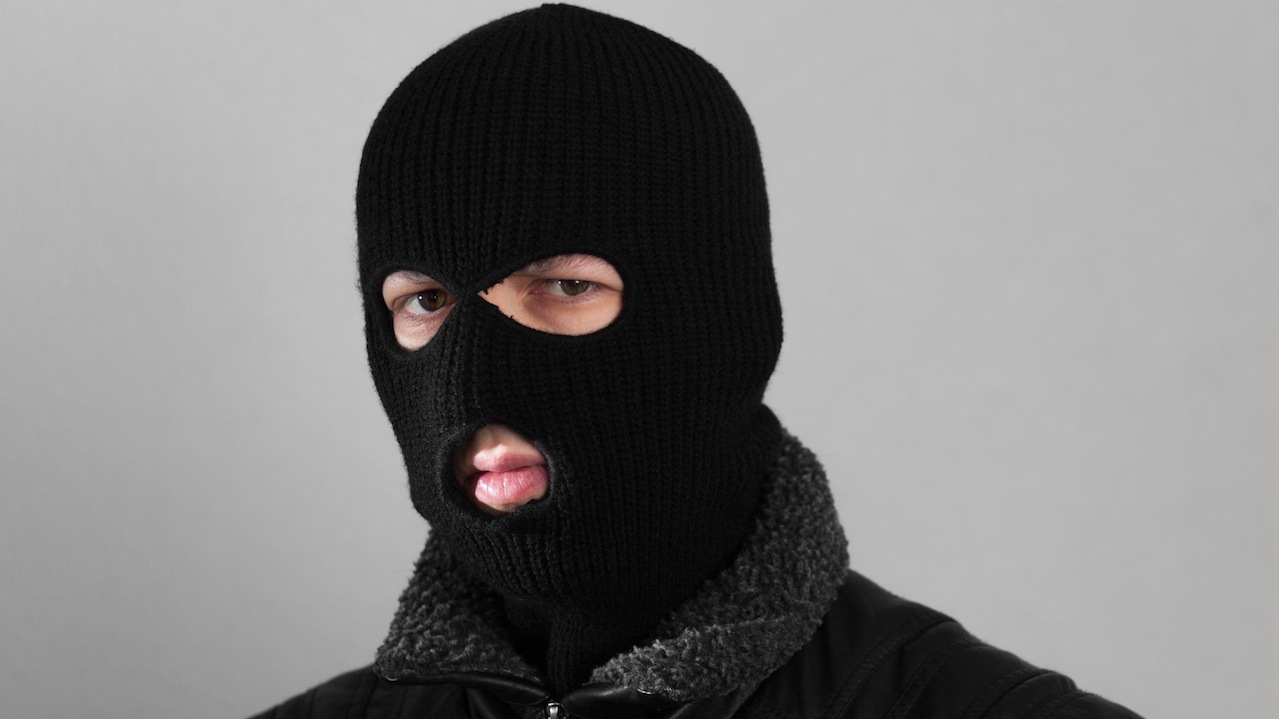Over the weekend, the New York Times published an in depth feature by Natasha Singer on facial recognition. There were quite a few shocking facts. The first documented instance of law enforcement identifying people with facial recognition without their consent was at the Tampa, Florida Super Bowl in 2001 — eight months before 9/11.
A competitor supplied the Tampa police with a face-recognition system; officers covertly deployed it on fans attending Super Bowl XXXV. The police scanned tens of thousands of fans without their awareness, identifying a handful of petty criminals, but no one was detained.
Journalists coined it the “Snooper Bowl.” Public outrage and congressional criticism ensued, raising issues about the potential intrusiveness and fallibility of face recognition that have yet to be resolved.
One particularly sci-fi example involves a private high school in Los Angeles, which uses technology by the Israeli startup FST Biometrics:
The school uses the technology to recognize students when they arrive — a security measure intended to keep out unwanted interlopers. But it also serves to keep the students in line.
“If a girl will come to school at 8:05, the door will not open and she will be registered as late,” Mr. Farkash explained. “So you can use the system not only for security but for education, for better discipline.”
We’re investing in some anti-surveillance masks ASAP.
(Photo: Wikimedia Commons)


